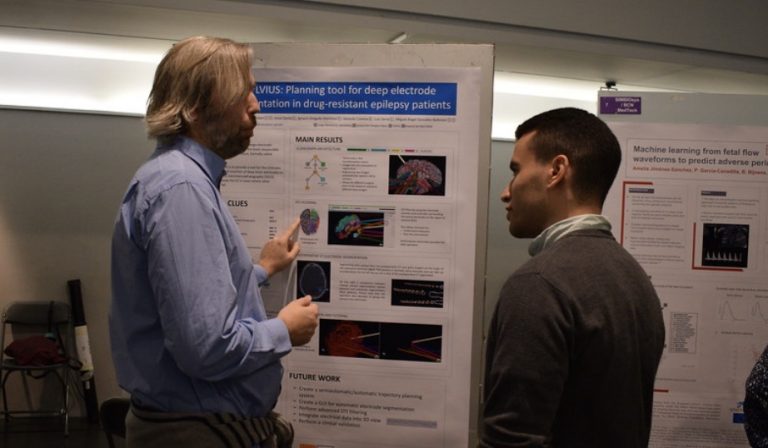Epilepsy is a common condition in people of all ages. In fact, more than 1% of American adults have active epilepsy, as do about 0.6% of children.
For most of these individuals, the condition is fairly well managed with medication. For a small portion of patients, however, especially children, medication is not sufficient; for these patients, surgery is often the only option – but researchers are hoping that soon there will be a better way.
Seizure Type Matters
The first step toward developing better, less invasive seizure treatments is to identify the type of seizure the patient suffers from. For example, patients with the rare epileptic condition known as Dravet Syndrome have never been successfully treated with surgery, in addition to the fact that their seizures haven’t responded to traditional medications either.
Rather, these patients have been most effectively treated with more recent medications like Epidiolex, which is a cannabidiol product. There is also a potential for gene therapy that uses antisense oligonucleotides could successfully treat seizures related to Dravet Syndrome.
When it comes to epileptic seizures that originate from conditions like Temporal Lobe Epilepsy, surgery has a strong record of success, but it should be surprising that many patients are hesitant to undergo a craniotomy. Instead, researchers are exploring a minimally invasive thermal therapy which can also eliminate the affected brain tissue.
Instead of cutting into the brain, this thermal treatment uses a simple, guided needle technique inserted through the patient’s cheek.
Pre-Surgery Considerations
Even as some challenging seizure types may now be treatable without surgery, that’s not been the case for all types of resistant epilepsy or all patients. That doesn’t mean that all phases of treatment have to be maximally invasive, though; it’s worthwhile to look at the pre-surgical processes, as well.
One way this is being done is by exploring alternatives to the invasive brain mapping processes typically used to prepare for surgery. Instead of inserting physical electrodes to determine which areas of the brain are misfiring in an epilepsy patient, researchers are exploring the use of fMRI scans.
This brain research would benefit temporal lobe epilepsy patients by allowing doctors to map language centers and other critical brain areas without having to cut into the skull to insert the typical electrode system.
Until recently, brain imaging technology wasn’t accurate enough to perform the kind of mapping necessary for any kind of surgical intervention, but new tools have significantly simplified this process, making it more accurate and less invasive. In fact, even variations on otherwise invasive procedures, such as the use of robotic-assisted stereotactic EEG to track seizure activity, have completely changed the nature of such tests.
Rather than a substantial surgical incursion, robotic assistance means that patients only need extremely small incisions, which allow for robot-guided placement of wires into the lesion areas.
The more minimally invasive we can make the procedures that lead up to surgical epilepsy treatment, the less strain placed on the body. That’s vital for supporting the healing process, and also minimizing patient trauma.
Ideally, research breakthroughs like the procedures listed above will lead to a full complement of epilepsy treatments that sidestep surgery completely. A brighter day for epilepsy patients is around the corner, thanks to the hard work of researchers and doctors.


0 Comments